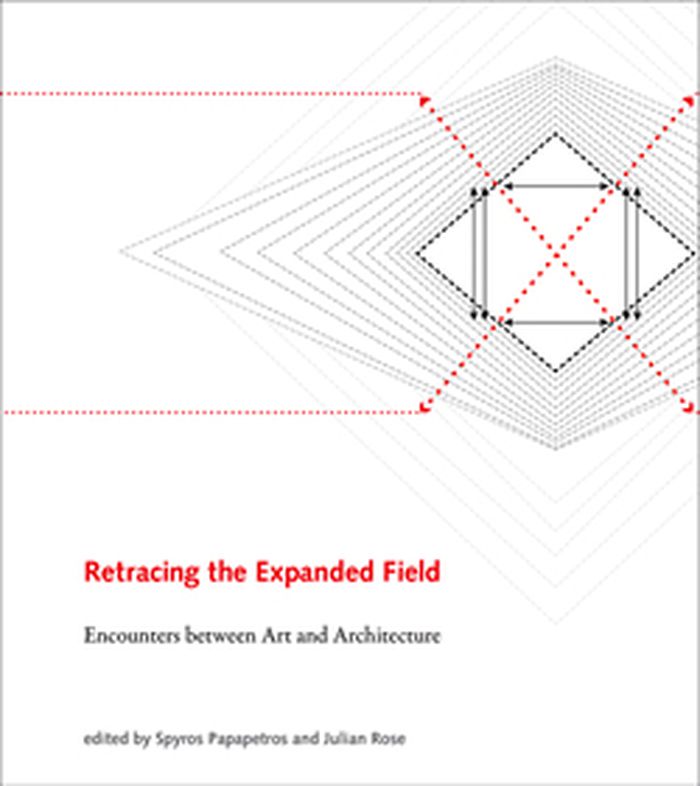Building culture: Sixteen architects on how museums are shaping the future of art, architecture and
$53.00
(disponible en magasin)
Résumé:
Architects and art lovers everywhere will enjoy this remarkable collection of interviews from sixteen of the world's most celebrated, thoughtful, and innovative architects who have designed many of the world's greatest museums. Spanning generations, geographies, and methods of architectural practice, these architects share the complex and fascinating process of creating(...)
Building culture: Sixteen architects on how museums are shaping the future of art, architecture and
Actions:
Prix:
$53.00
(disponible en magasin)
Résumé:
Architects and art lovers everywhere will enjoy this remarkable collection of interviews from sixteen of the world's most celebrated, thoughtful, and innovative architects who have designed many of the world's greatest museums. Spanning generations, geographies, and methods of architectural practice, these architects share the complex and fascinating process of creating spaces for art.This compendium reveals intensely varied architectural philosophies from a diverse group of established and up-and-coming professionals. Engaging personal recollections of relationships with artists and curators, along with 80 captivating images, provide further insight into the design process and timeless inspiration for architecture students, artists, museum professionals, and anyone fascinated by architectural design, public space, and museum culture.
Muséologie
$46.95
(disponible sur commande)
Résumé:
Expansion, convergence, adjacency, projection, rapport, and intersection are a few of the terms used to redraw the boundaries between art and architecture during the last thirty-five years. If modernists invented the model of an ostensible “synthesis of the arts,” their postmodern progeny promoted the semblance of pluralist fusion. In 1979, reacting against contemporary(...)
Retracing the expanded field: encounters between art and architecture
Actions:
Prix:
$46.95
(disponible sur commande)
Résumé:
Expansion, convergence, adjacency, projection, rapport, and intersection are a few of the terms used to redraw the boundaries between art and architecture during the last thirty-five years. If modernists invented the model of an ostensible “synthesis of the arts,” their postmodern progeny promoted the semblance of pluralist fusion. In 1979, reacting against contemporary art’s transformation of modernist medium-specificity into postmodernist medium multiplicity, the art historian Rosalind Krauss published an essay, “Sculpture in the Expanded Field,” that laid out in a precise diagram the structural parameters of sculpture, architecture, and landscape art. The essay soon assumed a canonical status and affected subsequent developments in all three fields. Retracing the Expanded Field revisits Krauss’s hugely influential text and maps the ensuing interactions between art and architecture.
Théorie de l’architecture

